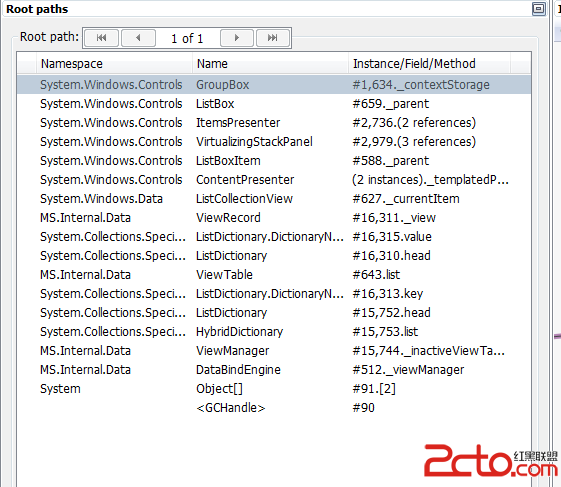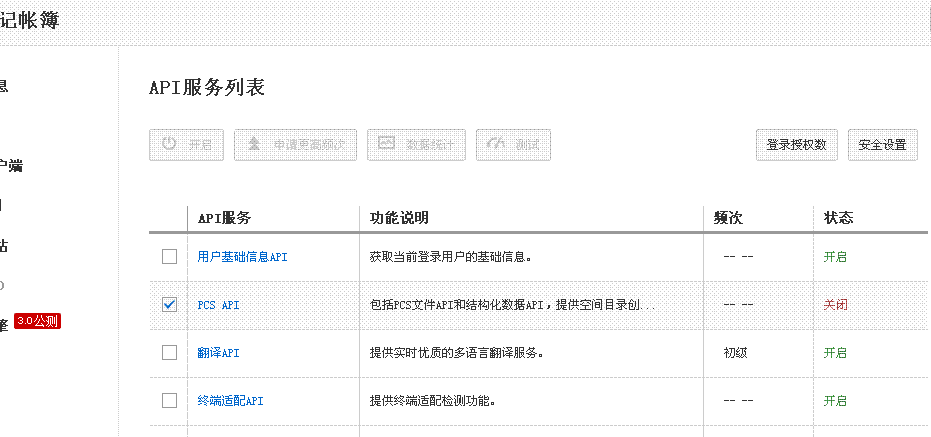如何在Windows上编译Objective-C
Objective-C现在几乎已经变成了苹果的专利了,可以直接在苹果的Xcode上编译Objective-C程序,但是在Windows平台下的编译工具就寥寥无几了,本身这种语言用的人就不是很多。今天在网上突然看到了有人发帖,可以在Windows平台下编译Objective-C,就抱着好奇的心态试了试。没想到,居然成功了,现在就把怎样搭建Objective-C编译平台的经验拿出来和大家分享。
1、安装GNUstep
GNUstep Windows Installer提供了Windows平台下的Object-C的模拟开发环境,一共有四个软件包,其中GNUstep System和GNUstep Core是必装的,GNUstep Devel和Cairo Backend是选装的。只安装前两个就够了。
2、编写Objective-C代码
安装完成后,在开始菜单里的GNUstep选项里执行shell,就能打开命令行。直接在Windows里进入C:/GNUstep/home/Administrator(我的是Administrator,可能有的不一样)目录,在这里用你喜欢的工具(现在UltraEdit和Notepad++编辑器好像可以代码高亮)编写Object-C程序。
如:HelloWorld.m
1
#import <Foundation/Foundation.h>
2
3
int main (int argc, const char *argv[]) {
4
NSAutoreleasePool *pool = [[NSAutoreleasePool alloc] init];
5
NSLog(@"Hello World!");
6
[pool drain];
7
8
return 0;
9
}
3、配置环境变量
这一步很重要。GNUstep.sh是用来设置GNUstep开发环境变量的,如果没有执行,就会有很多头文件,库文件,命令找不到
在一个目录里写好了源代码以后,编写一个make配置文件,名字必须叫GNUmakefile,内容是
1
include $(GNUSTEP_MAKEFILES)/common.make
2
TOOL_NAME=Test
3
Test_OBJC_FILES=HelloWorld.m
4
include $(GNUSTEP_MAKEFILES)/tool.make
可以修改上面的黑体部分
然后就是
1
make
命令运行成功就可以看到新增了一个obj目录,里面就有你要的可执行文件和.o文件。
OK 搞定了。
小结:如何在Windows上编译Objective-C的内容介绍完了,希望本文对你有所帮助!
1.下载GNUStep
http://ftpmain.gnustep.org/pub/gnustep/binaries/windows/
下载
gnustep-msys-system-x.x.x-setup.exe
gnustep-core-x.x.x-setup.exe
gnustep-cairo-x.x.x-setup.exe
gnustep-devel-x.x.x-setup.exe
将下载的GNUStep安装,比如C:\GNUStep
2. 下载JEdit
http://www.jedit.org/index.php?page=download
JEdit 是Freeware,可以用来编辑 .m 文件 .m 是Object C缺省后缀。 .m 相当于 .c 文件
3. 一个Object C教材
http://www.otierney.net/objective-c.html
———————————————
4. 安装后,执行msys.bat 启动 GNUStep 环境 (类Linux环境)
5. 编写示例程序
fraction.h
#import <Foundation/NSObject.h>
@inte易做图ce Fraction: NSObject {
int numerator;
int denominator;
}
-(void) print;
-(void) setNumerator: (int) n;
-(void) setDenominator: (int) d;
-(int) numerator;
-(int) denominator;
@end
fraction.m
#import "fraction.h"
#import
@implementation Fraction
-(void) print {
printf( "%i/%i", numerator, denominator );
}
-(void) setNumerator: (int) n {
numerator = n;
}
-(void) setDenominator: (int) d {
denominator = d;
}
-(int) denominator {
return denominator;
}
-(int) numerator {
return numerator;
}
@end
main.m
#import
#import "fraction.h"
int main( int argc, const char *argv[] ) {
// create a new instance
Fraction *frac = [[Fraction alloc] init];
// set the values
[frac setNumerator: 1];
[frac setDenominator: 3];
// print it
printf( "The fraction is: " );
[frac print];
printf( "\n" );
// free memory
[frac release];
return 0;
}
6. 编写Makefile
在当前目录下创建GNUmakefile
include $(GNUSTEP_MAKEFILES)/common.make
TOOL_NAME = Hello
Hello_OBJC_FILES = main.m fraction.m
include $(GNUSTEP_MAKEFILES)/tool.make
6. 编译程序
$ make
将创建 obj目录 运行 hello.exe
The fraction is: 1/3
这样环境就搭好了,你就可以继续学习 Object C了
最终写iphone程序一般还是要Mac OS.
作者:xiahuawuyu
补充:移动开发 , IOS ,




